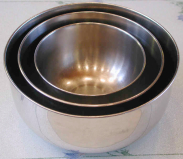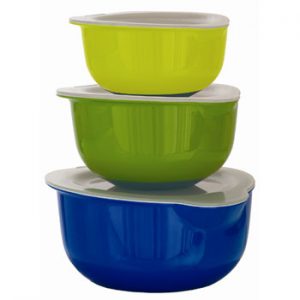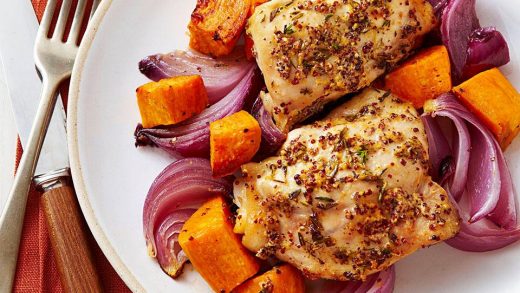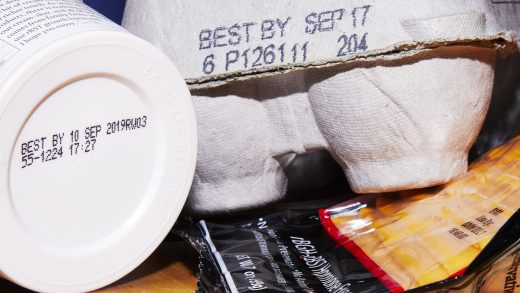In addition to having something to cook in, you also have to have containers for prepped food or to carry ingredients. That calls for a mixing bowl.
Stainless steel is lightweight, easy to clean, and versatile, but you can choose from a wide range of materials. One large bowl will get through most of your mixing needs. But a set of varying sizes is even better. These range in price from around $5 to about $25.
Some of the more expensive bowls have a non-skid coating of textured rubber-like plastic. Here’s a little tip: if your metal or glass bowl slides around while your mixing, take a slightly damp dishtowel wrapped into a circle and put the bowl into the created nest.
Other materials include glass, ceramic, plastic and Melamine (a synthetic polymer that is fire resistant and heat tolerant).
As you can see, many have lids so they can be used for storage. Glass can get scratched and is breakable, but it will stand up to a fair amount of heat. The same applies to ceramic. Plastic can be scored if you use a fork for mixing. It also is easy to melt if you get it too close to the stove. But it’s lightweight and cheap. Melamine is sort of a cross between ceramic and plastic and a good choice for lots of uses.
But steel will allow you to create a make-shift double boiler for melting chocolate. It doesn’t stain, is unbreakable, doesn’t score or scratch easily, and is very easy to care for.




